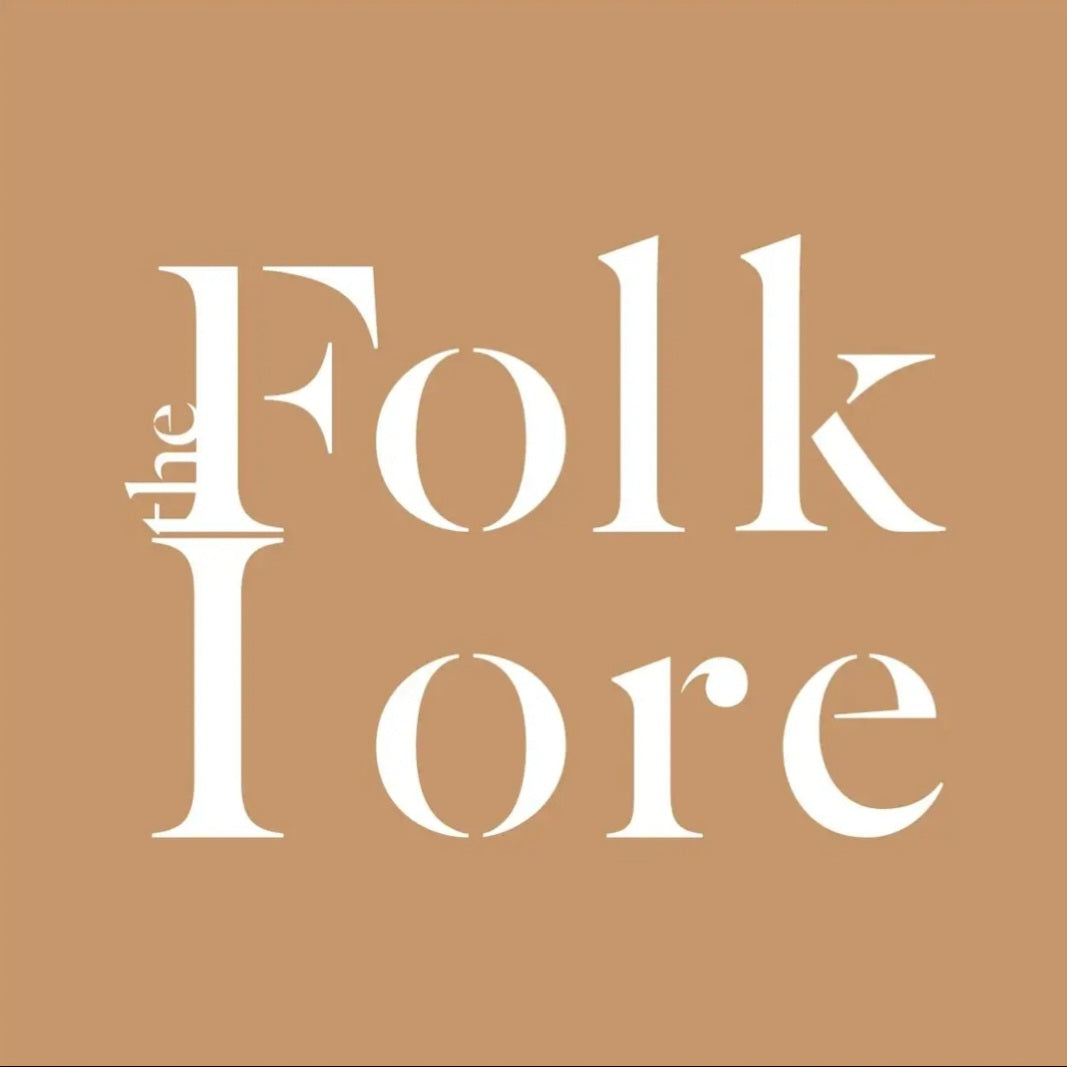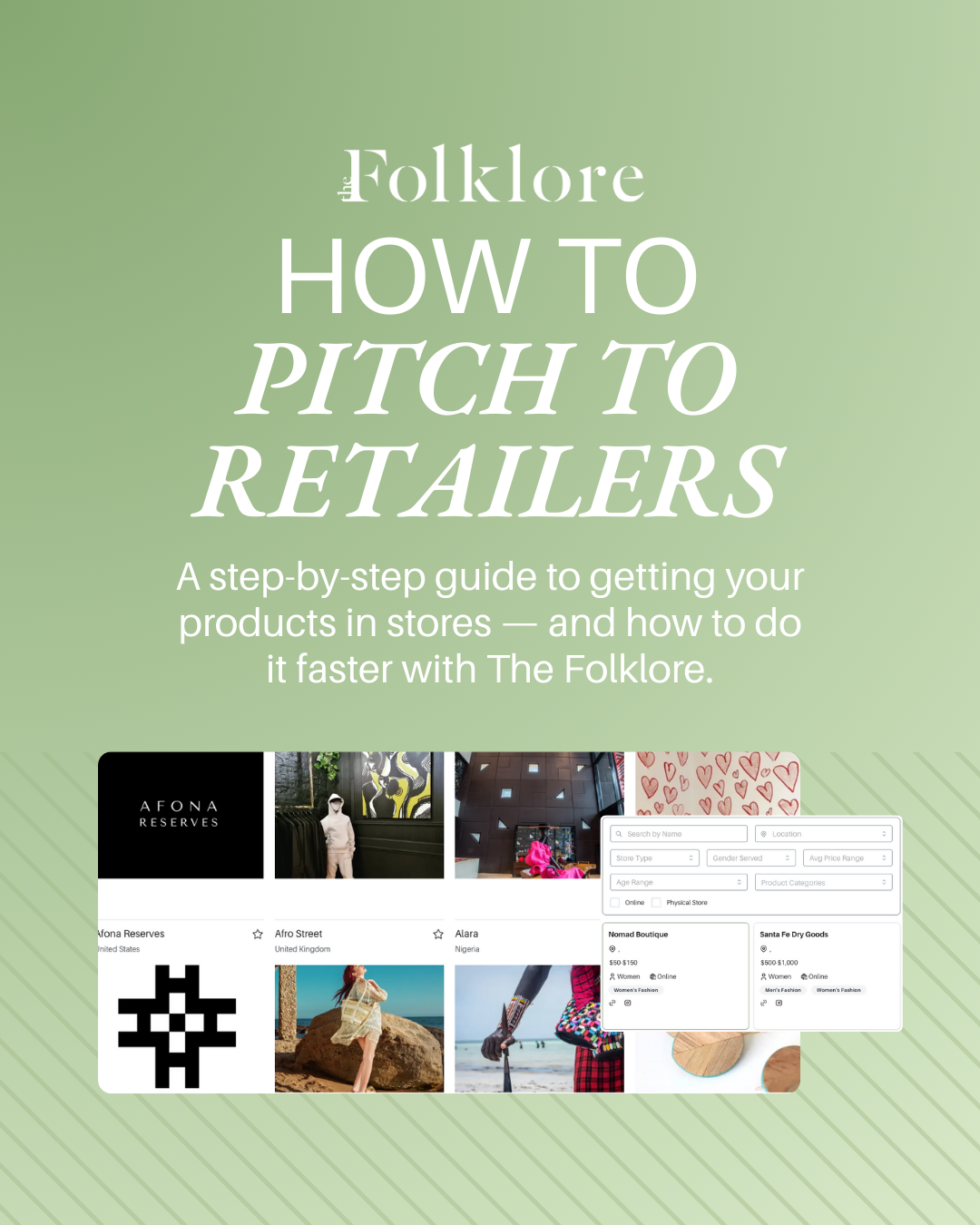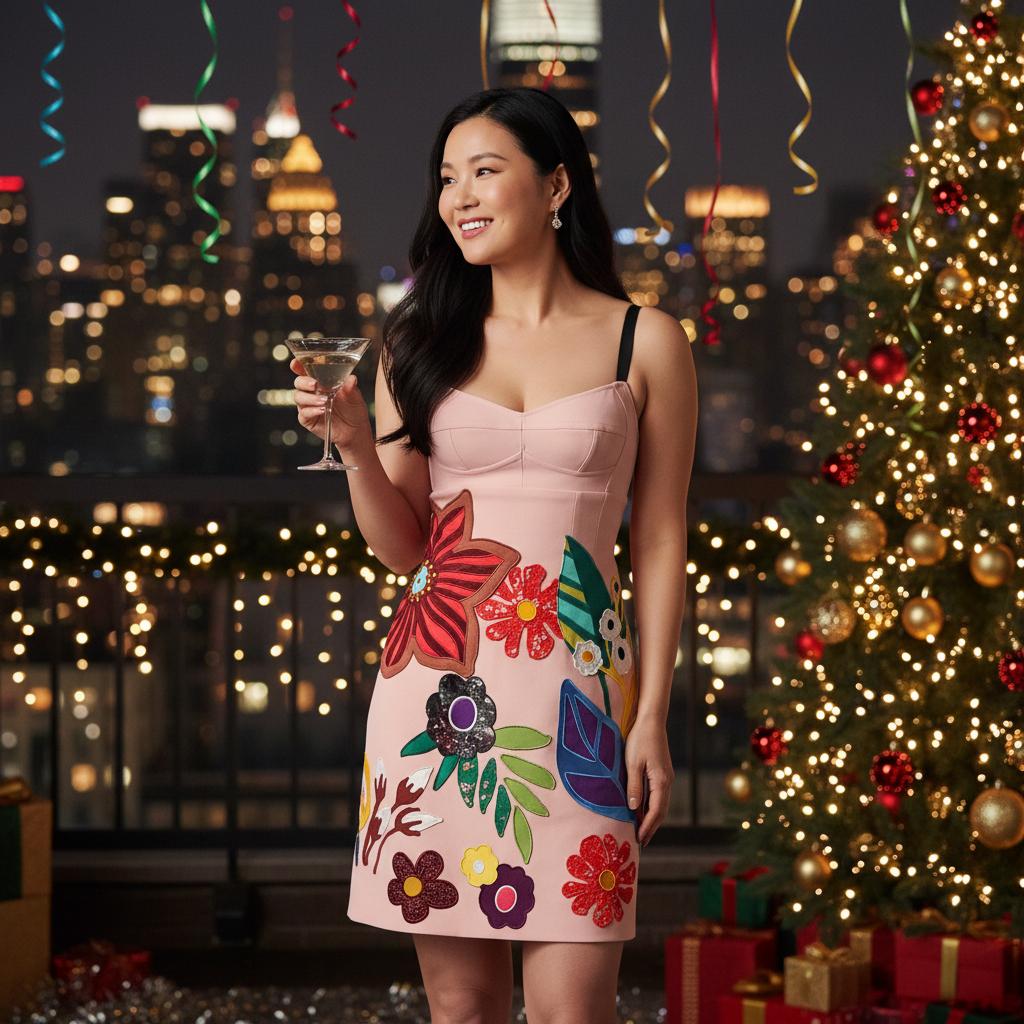Can Western TV and Entertainment Impact Fashion Production in Africa?
African designers are finally enjoying long-awaited recognition, but what benefits do they really gain from the exposure?
Cart
Your cart is empty
The African fashion industry is finally enjoying a long-awaited renaissance. Legendary designer such as Shade Thomas-Fahm and Chris Seydou, as well as modern-age creatives are taking the industry beyond the boundaries of the continent. Think Adebayo Oke-Lawal of Orange Culture, Thebe Magugu, Kenneth Ize, Sindiso Khumalo, Adeju Thompson of Lagos Space Programme, and MmusoMaxwell, all of whom have been finalists of the prestigious LVMH Prize (Thebe Magugu won in 2019). The ongoing first-of-its-kind exhibition at London’s V&A Museum, “Africa Fashion”, showcasing up to 45 African brands, is also proof of the excellence the continent offers.
Now, international eyes are looking to Africa, giving designers on the continent recognition for their work, and appreciating them for creating beautifully crafted masterpieces. Actor and producer Issa Rae wore a number of Lisa Folawiyo ensembles in the final series of her popular HBO show Insecure; singer LeToya Luckett wore Nigerian brand Onalaja to the BET Awards in June; Burna Boy was dashing in custom Tokyo James at the 2020 Grammys, and the new Doctor Who Ncuti Gatwa walked the Baftas red carpet in a look by Orange Culture.
Against this backdrop, though, begs the question of impact: does the increased visibility actually drive sales? Are the designers able to meet the demand? Does this affect their future collections and what they design? How much do Western TV and entertainment, social media, international recognition, red carpet, and magazine covers influence supply value chains, and ultimately, production in the continent?
“You get the exposure, more international clients, and you basically get to be seen on a global level. More people begin to consume and buy into your work, and your brand just projects from there,” says Dafe Oboro. The artist who works predominantly in photography and film is one of the contributors to Black is King, the 2020 visual album by Beyoncé, which featured many African designers including the likes of Loza Maléombho, Tongoro and Adama Paris.
Ghanaian accessories brand AAKS experienced a whirlwind effect from exposure by a global celebrity. After being featured on Beyoncé’s Black business directory, the Business of Fashion and Vogue magazine, AAKS gained more than 15,000 new followers on Instagram and sold out all of its stock of handbags. This also meant that founder Akosua Afriyie-Kumi had to quickly scale up her processes to make more bags to keep up with demand, despite the brand’s slow practices (it takes up to 21 days to make one AAKS bag).
But the demand is exactly what African brands need alongside the exposure. When they are approached by retailers and boutiques, it gives them the opportunity and funds to develop custom designs, hire more staff and scale up. For a brand like AAKS, it means it can provide training for its weavers and paying above market rate to ensure that local artisans are able to earn a comfortable living from their work.
On the flip side, there are other things being on major international platforms can do to a fashion business. For starters, local consumers who have been a part of the brand’s journey may stop paying attention. “Most of the time, being on these platforms restricts your art as a designer, and even separates you from your own people,” Oboro notes, “as they’ll think that you now have it all. Even though you want them to, it feels like they don’t get to consume your work anymore.”
By extension, some brands begin to restructure their business model to fit their new clientele, which may prove unsuccessful, thus losing from both global and local ends. “It’s so sad that there’s a thing called ‘western validation’ and that for appreciation, brands have to be in magazine editorials or have their pieces worn by Hollywood celebrities,” Oboro says. But in weighing these options, some African designers have backed out of pining for global presence, and are focusing more on their domestic clients. “Originally, our garments were designed and created for an international audience, but we decided just to focus on [Africa] and that was the best decision ever,” says South African designer Rich Mnisi. “Like most successful brands, they mastered the local market before growing outwards and expanding, and this is what we’ll do.”
When African brands begin their business operations, it may seem like setting targets to hit Hollywood, whether through red-carpet looks for celebrities or product placements in TV and magazines, should be a priority. “In truth, it’s a failing model if this is your business model,” says Walé Oyéjidé, a Nigerian-American designer and founder of Ikiré Jones. Oyéjidé made a name for himself in the industry after working on the costumes for Black Panther and Coming 2 America. According to him, this business model depends on the brand’s ability to buy attention and pay for the PR, but “tomorrow, someone might have that budget [to buy and produce more].”
This is not to say that the media, social media especially, hasn’t been an effective tool for marketing and brand awareness. “Social media has been a fantastic tool to allow the unseen to be visible,” says Jason Sky, costume buyer for HBO’s In Treatment. “I personally scour social media and click away to land on a fabulous fashion discovery.”
According to Phyllis Taylor, the founder of SIKA, a London-based brand that handcrafts all its garment in Ghana in West Africa, social media and its influencers have played a vital role in projecting her brand, as sales grew by 150% between February and June 2021. Her collections are now stocked at retailers across the world, such as Nordstrom, Liberty London and Anthropologie. But with the increased demand comes more work. “With all the deadlines and interest, we have to work at a different pace—that hasn’t been easy. I’ve gone from [being] a retailer to a production house, [and] I’m grateful for it,” she says, highlighting that her brand has gone from working with 20 artisans to an army of 30 in the past year.
So, for retailers and boutiques around the world looking to work with African brands, it’s worth noting that it goes beyond stocking their shelves with aesthetically pleasing garments and accessories that generate sales, to contributing to the growth and production output of the African fashion industry. When done right, visibility should lead to increased production and sales. “The idea is using clothing to get into rooms we would otherwise not be, and using [clothing as] an object that certain classes wouldn’t ordinarily accept,” says Oyéjidé. At its core, a major goal when African creatives take on international stockists is to overhang a finer taste of the continent’s fashion industry that you won’t get anywhere else. It also assists in decolonizing what those in the Global North think about the industry here.
In summary, the answer to the question above is that, yes, Western TV and entertainment can greatly impact Africa’s fashion and textile industry. However, making a positive impact is dependent largely on the kind of business model that creatives and designers are looking to adopt. It also depends highly on why they’re taking on new partners and projects: for influence and social media hits or to scale their business? Putting into consideration the factors of producing in Africa, hiring workers and shipping internationally, it may seem like a big ask. But as many African brands and businesses have successfully proven, they are more than up to the challenge.

The Folklore is empowering brands to grow faster, save more, and sell globally through easy-to-use commerce, dropship, and shipping technology.
You Might Be Interested In:




Join our community
Discover the best products tailored for you.